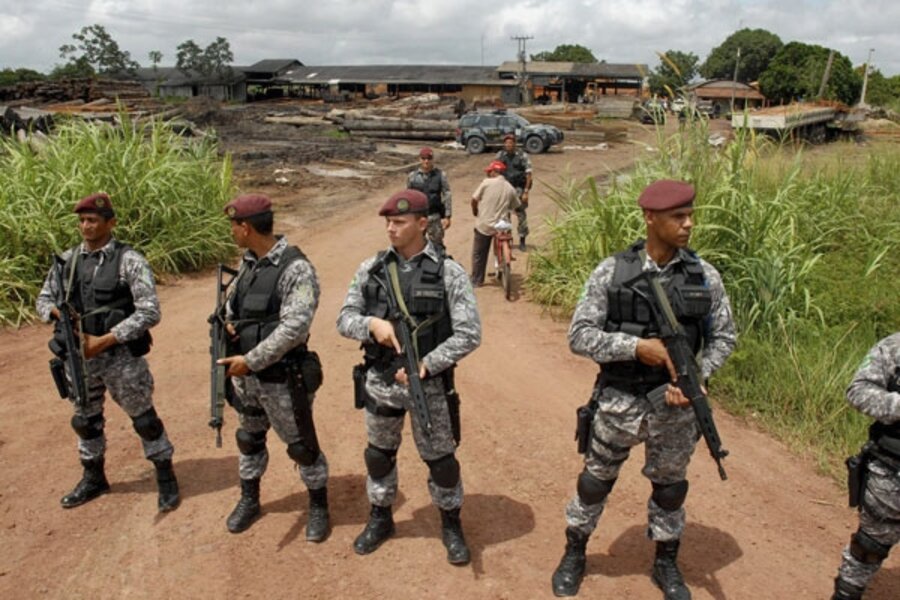Brazil touts drastic decline in Amazon deforestation ahead of Copenhagen
| SÃO PAULO, Brazil
Brazil’s vow to go to Copenhagen climate talks as “part of the solution and not part of the problem” gained weight yesterday when federal officials announced annual deforestation rates have fallen to their lowest level in more than 20 years.
Some 7,008 square kilometers (2,706 square miles) of the Amazon was destroyed in the year preceding July, almost half the amount of the previous 12 months and the lowest annual total since officials started keeping records in 1988.
The announcement was greeted with jubilation by a government who last week said it would offer voluntary reductions of between 38 and 42 percent in its CO2 emissions at next month’s talks in Copenhagen on curbing global warming, dubbed COP-15.
“The new deforestation data represents an extraordinary and significant reduction for Brazil,” President Luiz Inácio Lula da Silva said. By the year 2020, the Lula government has vowed to cut deforestation by 80 percent from a base of 19,500 sq. km.
Such reductions are vital because a large part of Brazil’s CO2 emissions come from burning land in order to use it for agriculture. Worldwide, tropical deforestation in nations such as Brazil, Indonesia, and the Democratic Republic of the Congo accounts for more CO2 emissions than all the exhaust from cars, boats, and planes combined.
Last night’s good news is a result of a long-term strategy to involve all parts of government in the battle to save the Amazon, rather than handing sole responsibility to the Environment Ministry, officials said.
Under the strategy, real-time satellite monitoring was improved and reaction times were cut, meaning forest rangers could go directly to areas where logging or burning was taking place.
Sustainable logging initiatives have been expanded and pilot programs that pay people to protect rather than cut down trees have been introduced.
In addition, between 2004 and 2008, some 50 million hectares of the state of Amazonia were turned into reserves or national parks and another 10 million became indigenous reservations. Today 43 percent of the region is under federal protection.
Consumer pressure has also been crucial, environmentalists said. Campaigns naming and shaming companies who buy beef and leather products from Amazonian-reared cattle spooked firms such as Wal-mart Brasil, Nike, and Adidas into signing a moratorium on certain products earlier this year. (Can Wal-mart and Nike save the Amazon? Read more here.)
Nevertheless, while the downward trend is encouraging, green groups say there's more work to be done.
“The reduction is important but a lot of trees are still being cut down in Amazonia,” said Paulo Adario, the director of Amazonia campaigns at Greenpeace. “We are going to remain vigilant so that the trend continues and allows us to realize the dream of zero deforestation.”





